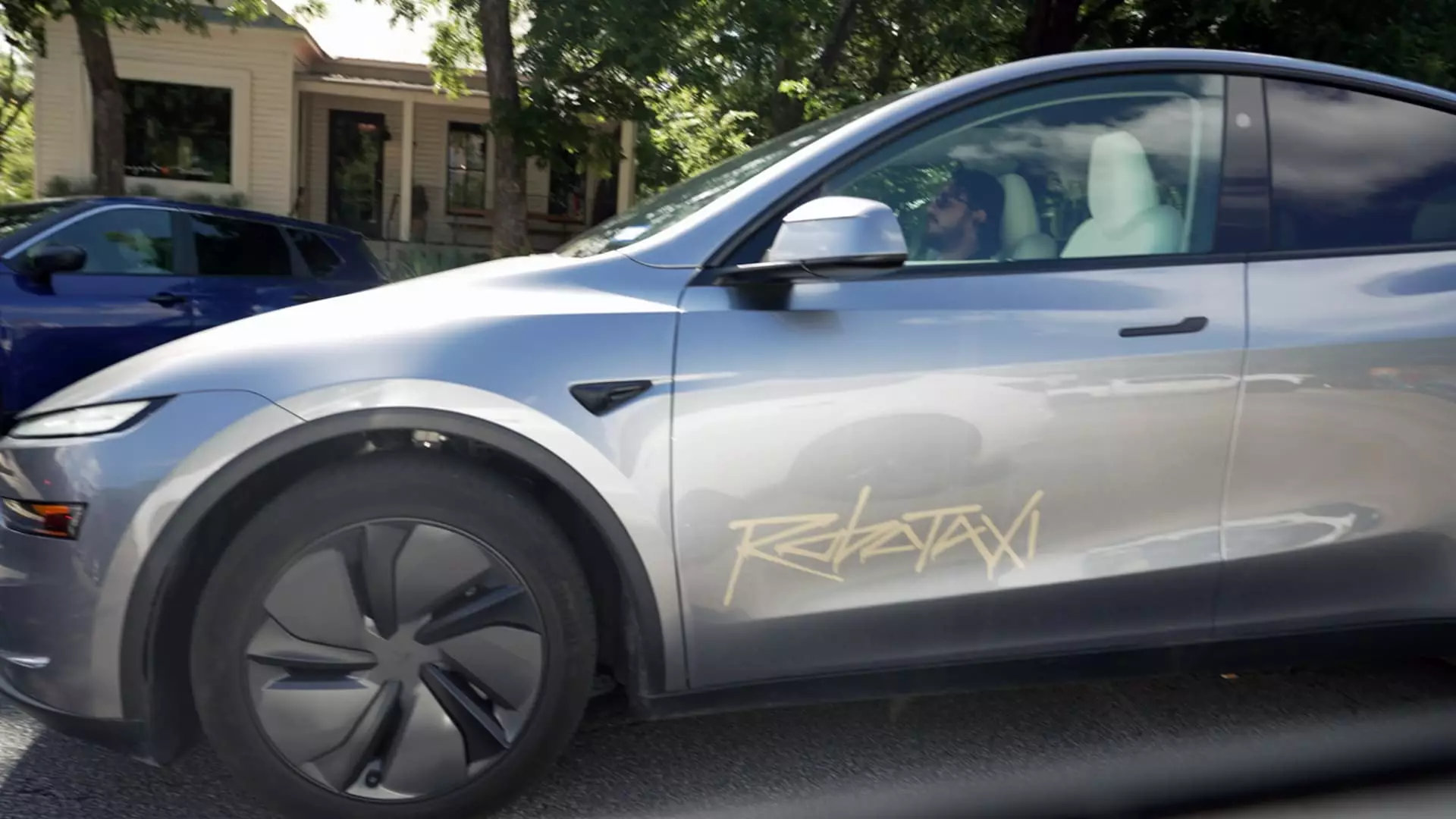Tesla’s entry into the Phoenix autonomous vehicle market signifies a pivotal shift in the pursuit of driverless transportation. Unlike established players like Waymo, Tesla adopts a more aggressive stance, actively seeking regulatory approval to test and deploy Robotaxi fleets in a major metropolitan area. This move isn’t just about expanding operational horizons; it embodies Tesla’s broader vision of democratizing autonomous mobility with innovative, cost-effective technology. By targeting Phoenix, a city known for its sprawling layout and increasing urban congestion, Tesla aims to demonstrate that its vision of accessible driverless taxis can thrive in complex real-world environments. The company’s application to conduct both supervised and unsupervised testing indicates confidence in its evolving self-driving systems and a desire to accelerate deployment timelines.
What makes Tesla’s approach stand out is its reliance on a camera-centric architecture, eschewing expensive lidar sensors in favor of sophisticated computer vision. Musk’s philosophy is rooted in making autonomous vehicles more commercially viable, but this controversial choice also exposes Tesla to increased scrutiny. Critics argue that without sensor redundancy, Tesla’s self-driving claims may be overly optimistic, and safety incidents could undermine public trust. Nevertheless, Tesla’s strategy reflects a confidence that its vision-based system can outperform competitors in both cost and efficiency, propelling the industry forward through innovation rather than sheer sensor count.
Challenges on the Road to Autonomy: Safety and Regulatory Hurdles
Tesla’s journey has been fraught with setbacks that cast doubt on its readiness for widespread deployment. Incidents captured on social media—such as minor collisions or rule violations—have prompted regulatory investigations, notably from the National Highway Traffic Safety Administration (NHTSA). These events aren’t just isolated glitches; they serve as a wake-up call that Tesla’s self-driving claims are being scrutinized more intensely than ever. The core issue revolves around safety verification and public perception; as Tesla pushes boundaries, it risks undermining its reputation amid a climate of heightened safety concerns.
Moreover, Tesla’s ambitions clash with regulatory realities. While Waymo, backed by Alphabet, has already established a commercial presence in Phoenix with a fleet of 400 vehicles, Tesla’s applications remain in the approval pipeline. The regulatory delay underscores the cautious approach authorities are taking, especially given the regulatory history in California, where Tesla faced lawsuits for allegedly overstating its autonomous capabilities. Tesla’s reputation has taken a hit, and its challenge is not merely technological but also regulatory and perceptual. Building trust among regulators and the public will be crucial if Tesla hopes to succeed on a large scale.
Can Tesla Match or Surpass the Industry Leader?
Tesla’s strategy to exclude lidar and rely solely on cameras is a double-edged sword. While the cost savings are compelling, this approach sacrifices the redundancy and robustness that lidar provides—features that companies like Waymo heavily rely on for safety and reliability. Tesla’s initial demonstrations in Austin have shown promising functionalities but also revealed operational hiccups and safety concerns, fueling skepticism about whether the company can deliver truly safe autonomous vehicles at scale.
Tesla’s aggressive timeline, with Musk suggesting rapid expansion into the San Francisco Bay Area, reflects a desire to keep competitors on their toes. However, pushing for quick deployment risks glossing over vital safety validations. If Tesla manages to navigate regulatory environments successfully and improve system reliability, it could redefine urban mobility, making autonomous taxis ubiquitous and affordable. Conversely, failure to address safety concerns could delay or even derail their ambitions, leaving Tesla trailing behind industry leaders with more conservative, but safer, approaches.
The Road Ahead: Innovation Meets Caution
Tesla’s future in autonomous transportation hinges on balancing bold innovation with responsible safety practices. The company’s willingness to challenge regulatory frameworks and deploy unproven technology demonstrates a desire to dominate the emerging autonomous mobility market. Yet, this pioneering spirit must be tempered with an acute awareness of safety and public trust. Success will depend on Tesla’s ability to refine its technology, demonstrate safety and reliability, and navigate complex regulatory landscapes.
If Tesla can overcome current hurdles, its vision of a world where autonomous vehicles are a common sight in city streets becomes increasingly plausible. The company’s commitment to affordability and technological innovation could inspire a wider shift across the industry, fundamentally transforming how cities function, how people move, and how energy is consumed. But in the race toward the future, only those who prioritize safety, transparency, and regulatory collaboration will truly thrive—Tesla’s journey is just beginning, and its next steps will determine whether its ambitions become reality or ultimately falter amidst challenges that demand both grit and prudence.


Leave a Reply